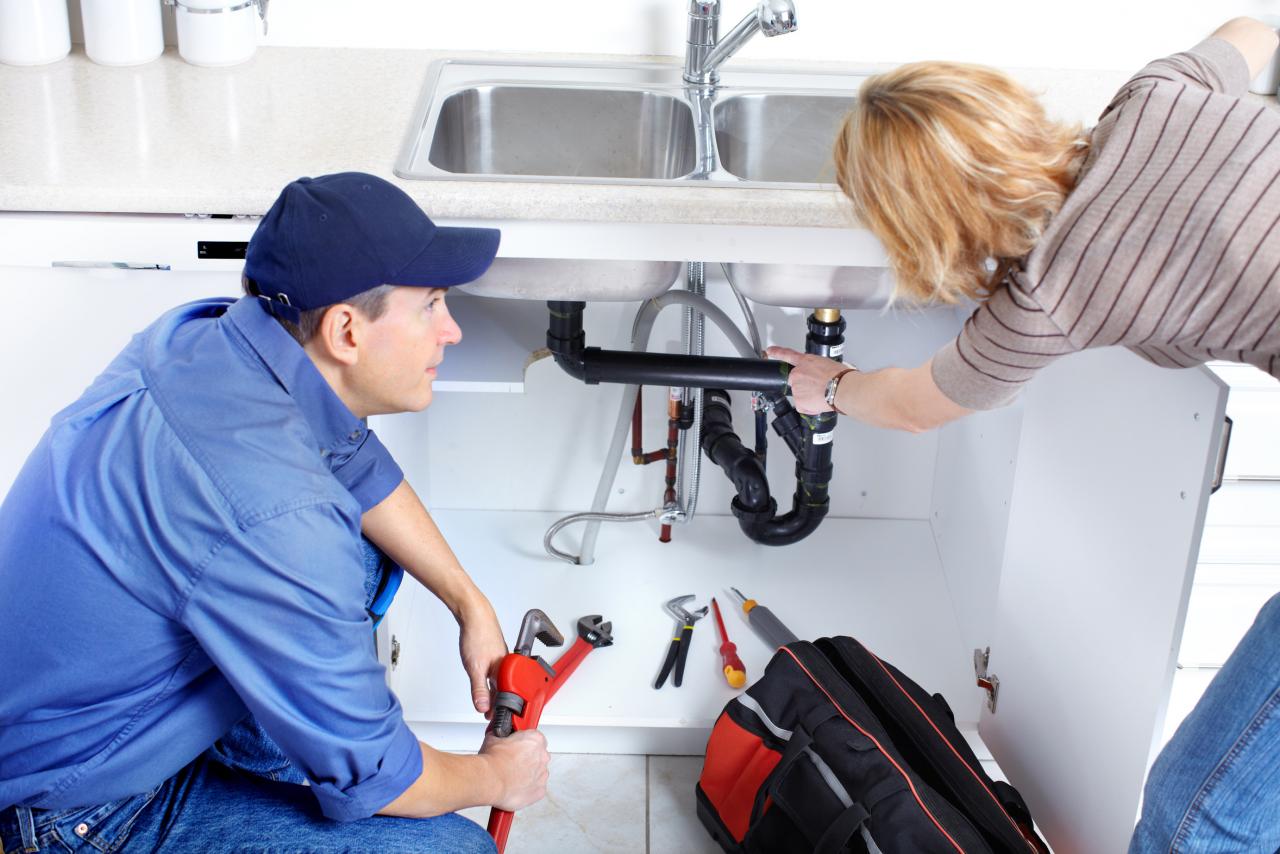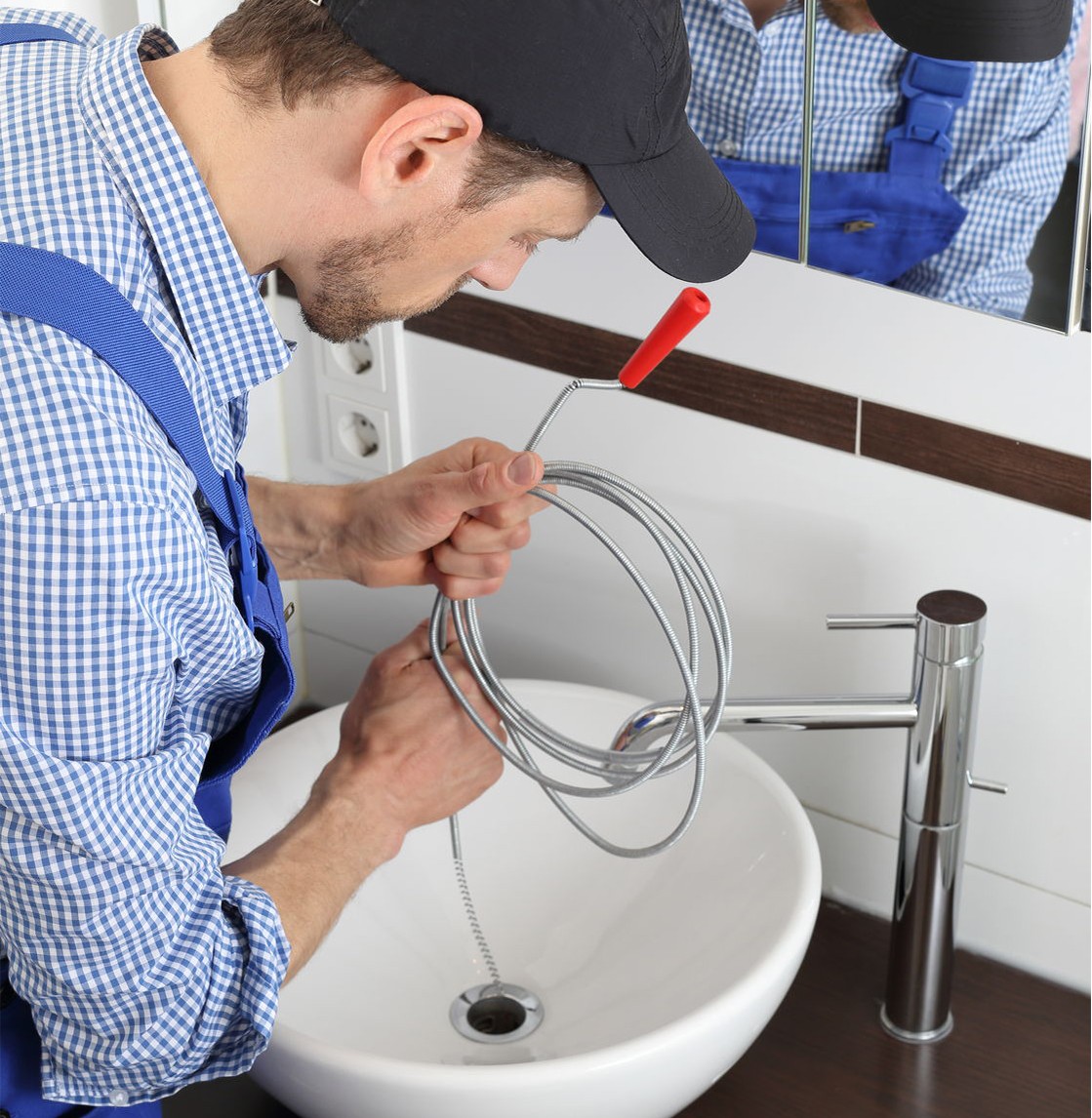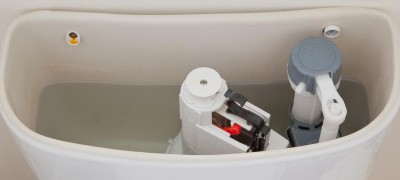How correctly and simply you can remove the blockage in the pipes
Over time, the throughput of pipes decreases. This happens even with careful and correct operation of the sewer system. So, the issue of cleaning is very relevant.

Symptoms of a problem
First, let's figure out how to understand that your sewer system needs to be cleaned. By the first "symptoms" you can learn about the problem and not bring it to a catastrophic state.

Let's take a look at the most common signs.
- Bad smell from the inlets. This suggests that bacterial colonies "thrive" in the pipes. Especially their accumulation is observed in the curved sections of the pipes.
- Slow drainage of water. Even if outwardly everything looks normal, a weak drain is a sure sign that a blockage has formed somewhere.
- Sudden disconnection of household appliances connected to the sewer system, such as a washing machine or dishwasher.

When these signs appear, it is recommended to immediately take serious measures, otherwise the subsequent blockage will lead to the fact that the sewage will begin to "come out" through the sink, bathtub and toilet bowl. Agree, there is little pleasant.

The sewage system is clean and the water does not drain
It also happens, and this phenomenon has a completely logical explanation. There may be several reasons:
- Clogged siphon. This is especially common after carrying out any repair work, residues of construction debris accumulate in the siphon.
- Incorrect bend of the corrugation going from the siphon to the sewer. If in your case the siphon has a bottle shape, then there should be a side outlet and a slightly elongated lower part so that water can accumulate; and if the siphon is of a pipe type, then one of the pipes must be curved.
- There are plugs at the joints of the silicone pipes. This is possible if the work was not carried out very carefully.

What to do if these problems occur? Eliminate the root cause: clean the siphon, verify that it is correctly positioned, and carefully remove the silicone plug using sandpaper or the dull side of a knife.

Cleaning methods
Clearing the blockage is carried out in two ways: mechanical and chemical.
Mechanical
This method is usually used in cases when you need to pull out an object stuck in the sewer or break through a blockage. In fairness, it should be noted that the huge number of all kinds of chemicals available today minimizes mechanical cleaning, but still there are times when you cannot do without it.

Plumbing cable. This "device" with a long history and devices similar to it in terms of efficiency do not exist today.Outwardly, it is a steel core, braided with an outer layer according to the principle of a spring. The cable is indispensable in cases where the sewage system is completely clogged.

The principle of operation of the device is extremely simple: the cable is inserted into the pipe and turns in a spiral. For ease of use, a handle is welded to the end of the cable, which remains in the hand, and on the other side, different nozzles are attached for more effective cleaning.

How to choose the right cable:
- The diameter of the wire rope must match the inside diameter of the pipe.
- It is important to correctly estimate the depth of the "plug" in the pipe.
- The rope must be strong enough. The best combination of price and quality is galvanized iron.
- The rope handle should be comfortable. If the cable does not rotate freely, work with gloves.
Locking cables are more convenient and easy to operate. Electric models are available today. An instruction must be attached to such a device so that the problem could be eliminated not only quickly, but also effectively and safely for the sewer system.

Almost any blockage elimination occurs according to the following plan:
- Inspection. Be sure to check the strength of the fasteners of all elements of the system. If some fragment is not fixed, then the situation will only worsen.
- Preparation. For best results, choose the right attachment and attach it firmly to the end of the cable.
- Dismantling. If you unclog the sink, the siphon is disconnected. This must be done as carefully as possible so as not to damage the structure. All plastic and rubber elements are also unscrewed so as not to break or deform.
- Directly cleaning. The end of the cable should reach where the blockage is. When the cable hits an obstacle, check that it is not a bend in the pipe. Periodically, the cable is pulled out and cleaned.
- Clearing the blockage. The ideal option is when the "plug" is pulled out of the sewer pipe. Most often, with the help of a cable, it is possible to crush it, and the remnants of pollution are simply drained further into the collector.
- Flushing pipes. After the blockage has been removed, the pipes must be rinsed well. Important: do not immediately tear off the water at full capacity, first make sure that the blockage is completely eliminated. Make a small trickle, and then bring it to maximum pressure. The water must be hot. Flushing agents can be used to remove grease and rust residues from the inner pipe walls.

A vortex funnel will be a sign that the blockage has been cleared. This is a reliable confirmation that the pipes are clean and smooth inside. If the funnel does not appear, it may be worth rinsing the system again with boiling water and a special agent.

Remember that ceramic toilets and tiled sinks will not withstand extreme temperatures and can crack, so choose the right temperature for your water.
The plunger is another device for mechanical cleaning of the sewer system. This is an indispensable tool for removing blockages at home in apartments, but in private houses, its use is not always effective, since the blockage can form at a serious distance from the sink or toilet bowl. Externally, the plunger is a wooden handle with a rubber cap at the end.

Using a plunger has a number of advantages:
- Versatility. Suitable for any type of pipeline.
- Practicality.Using a plunger does not require disconnecting the components of the plumbing system.
- Security. The rubber cap will not damage the pipes or the sink in any way.
- Compact dimensions guarantee easy storage.
- The plunger will serve you faithfully for many years.
The principle of the plunger is simple: you artificially create a water hammer and help the blockage to "push through". Ideally, it would be nice to have two plungers: one larger for the toilet and one smaller for the sink. This is necessary to maintain hygiene standards. The size of the plunger cap should completely cover the opening of the sink (toilet bowl).

If there is a need for a plunger, but it was not at hand, use the means at hand - an ordinary plastic bottle of 1.5 (2.0) liters. The bottom of the container is cut off, and the cut side is placed against the hole. The challenge is simple - try to cause the water to vibrate. If the blockage is small, then such manipulations can be performed with ordinary film.

Chemical
As the name of the method implies, blockages can also be eliminated using special preparations.
Or you can solve the problem with the tools that you always have at hand, such as vinegar and soda. There is only one drawback of this method - it is ineffective with a complete blockage. But it is quite possible to remove fat deposits and growths on the inner walls of the pipes. Procedure: pour 0.5 packs of baking soda, pour a bottle of vinegar and close the hole to avoid exposure to vapors. As soon as the reaction between the components ends, rinse the pipes with hot water.

For less severe blockages, use only soda and water. Pour 150 grams of baking soda into the pan. Heat for 10 minutes over low heat, then leave for 15 minutes. After that, water is added and the mixture is poured into the sewer system. After two hours, rinse with hot water.

And yet, industrial drugs are considered more effective in combating blockages, the main thing is to choose the right one.
Alkaline preparations actively counteract grease and soap scale. With their help, you can completely dissolve plaque on the inner walls of the pipes. The main advantage is that the alkali is safe for both metal pipes and plastic pipelines. Do not forget about safety measures and be sure to work with gloves.

Granular pipe blockages are becoming more and more popular. They are often available in small packages and used in one go. The only drawback is that the granules are not recommended for use when there is water in the sink, it must be drained.

Gel preparations. These chemical cleaning agents are available in large containers, so they are enough for several times, even if the blockage is serious. The active substance in most of these products is acid, and as a supplement there are bleaching ingredients and antiseptic additives.

Blockage prevention
There are several simple steps that will help you avoid problems with blockages in the sewer:
- Pour boiling water once a month.
- Use baking soda and vinegar to clean the siphon at least once a month.
- Do not wash the dishes with cold water, and be sure to use detergents.
- Do not overfill the septic tank.
- Use special preparations during preventive cleaning.
Of course, all the amenities in the apartment are excellent. But, unfortunately, civilization also has a downside - everything breaks down and falls into disrepair someday. And the sewer system is no exception. In order not to lead to serious problems, try not to forget about preventive actions, and solve the problem at the earliest stage. The blockage itself won't go anywhere.

VIDEO: How to clear a strong blockage in pipes.









